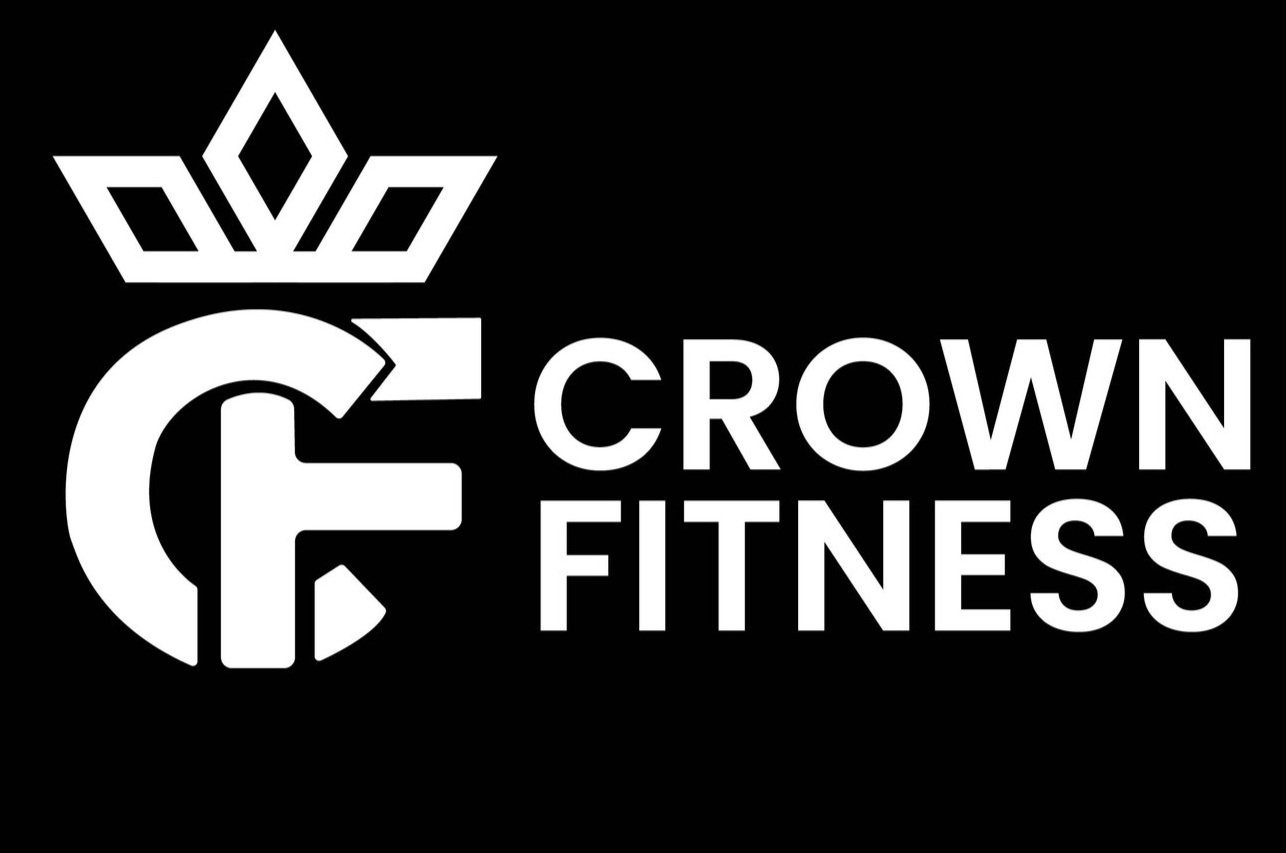Nutrition 101: Understanding Macros and Calorie Counting For Beginners
Are you new to the world of nutrition and wondering what all the fuss is about macros and calorie counting? In this post, we'll break it down for you and explain why tracking protein is especially important.
First off, what are macros? "Macros" is short for macronutrients, the three main components of our diet: protein, carbohydrates, and fats. Each of these macronutrients plays a different role in our body and provides a certain number of calories per gram: protein and carbohydrates provide 4 calories per gram. In comparison, fat provides 9 calories per gram.
So why count calories? Tracking caloric intake can help you stay within your target range for your specific health and fitness goals. This can help with weight management, whether you want to lose, gain, or maintain weight.
Now, why is it important to track protein? Protein is essential for building and repairing muscle tissue and helps with satiety (feeling full). When we're trying to lose weight or build muscle, getting enough protein is crucial. The recommended daily intake of protein is about 0.8 grams per kilogram of body weight, but this can vary depending on your fitness goals and activity level.
It can be overwhelming for people with a busy lifestyle to try and track all three macronutrients. In this case, it's essential to prioritize protein and overall calorie intake. This means tracking your daily protein intake and total calorie intake and not worrying as much about whether you're proportioning your fat and carbs correctly. Once you get comfortable with tracking these two numbers, you can start to focus on the ratio of carbs, fats, and protein in your diet.
In summary, tracking your macros and calorie intake can be a helpful tool for reaching your health and fitness goals. Prioritizing protein and overall calorie intake can be especially beneficial for busy individuals. By taking small steps and tracking your progress, you can start to make positive changes in your diet and achieve your desired outcomes.
